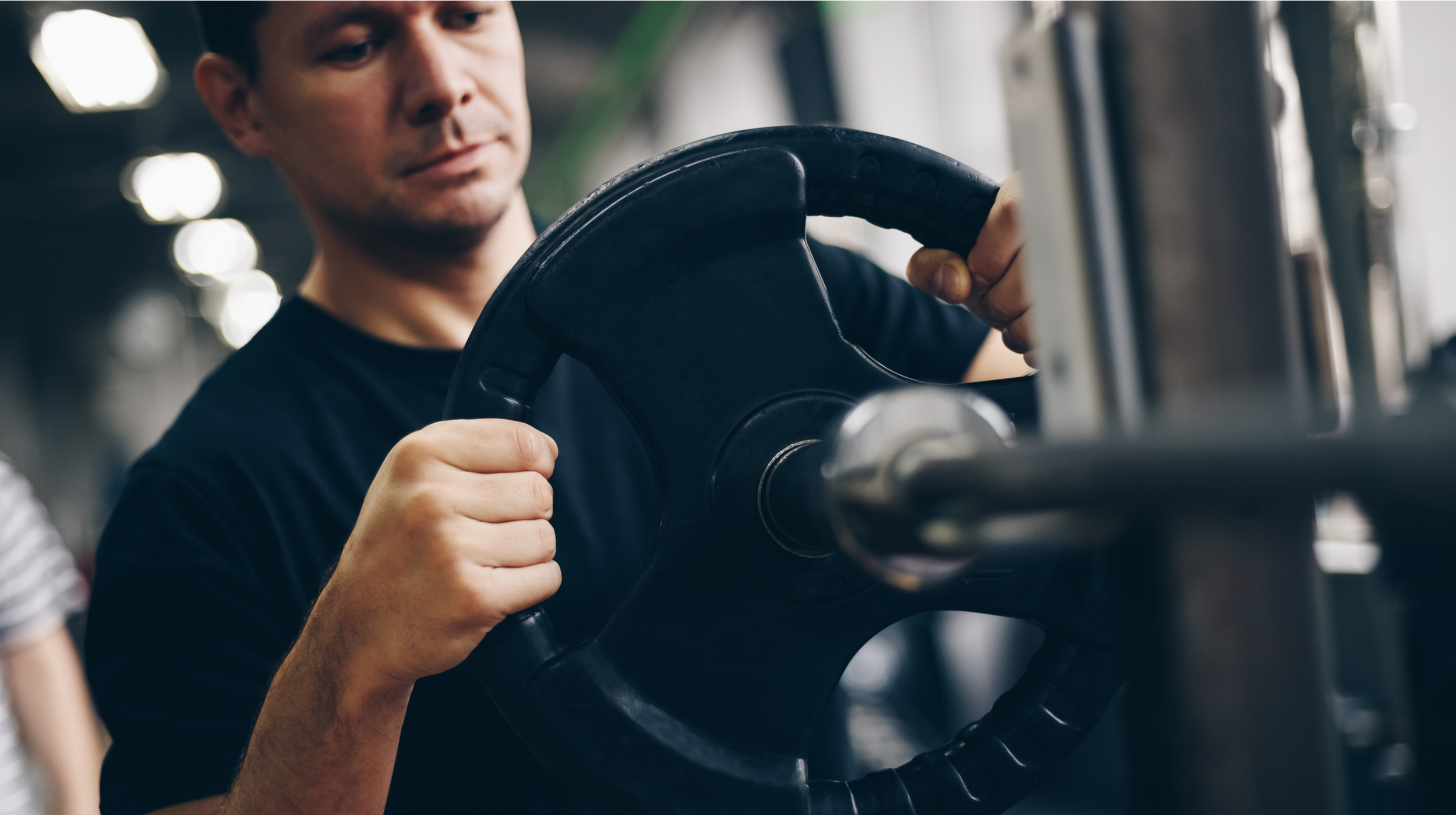Why Can’t I Put On Any Muscle?
Sep 22, 2021 mindpumpIf you’ve been hacking away at the gym for some time, and don’t feel like you are putting on muscle, no need to worry! Today, I’d like to offer some tips to make sure you are setting yourself up for success and indeed putting your body in a state primed to put on muscle.
You MUST be in a Surplus!
First and foremost is the food. If you are not eating in at least a 200-500 calories surplus above maintenance, you are going to have a hard time putting on muscle. If you are new to lifting, or recovering from an injury, then yes, you can recomp off of maintenance calories. For the rest of you, we need a surplus of calories to create an anabolic signal to grow. A lot of people, after they do a diet, get so afraid of putting fat back on, that they never fuel their body with enough calories to actually grow off of. I’ve been guilty of this for sure. I was too afraid of looking soft in the mirror, so I kept trying to grow without eating enough. The bottom line is your body will struggle to put on size if you aren’t in at least a 200 calorie surplus. Check out my article on how to create that surplus.
Focusing on Compounds
Another factor I see lifters struggle with who aren’t putting on size is focusing on isolation exercises. They want big arms, or a specific body part to grow so bad, they think a machine or cable exercise is better because they feel the burn more. That’s definitely a way to create muscle growth there is no denying that. But it doesn’t allow for the big increases in load that compound lifts provide. When I went through a phase focusing on growing my triceps, I used to always do isolated work. It wasn’t until I spent more time focusing on the close grip bench, and bringing up my heavy pushing work that I actually saw my triceps start to grow. Your body will create better adaptations when it is provided with a bigger load to grow (making sure you are still targeting the muscle). If you aren’t currently including squats, deadlifts, bench and overhead presses and heavy rows into your workout, AND you feel like you aren’t growing, then this is most likely your solution. Focus on the compound movements, and the body will respond.
Phasing Your Workouts
Another common mistake I see is lifters spending too much time keeping all their exercises, or muscle groups in the same rep range for years on end. You NEED to expose it to different rep ranges! Cycle through 4 week cycles of 5-10 reps, 10-15, and 15-20. In fact, you might find certain muscle groups grow significantly better off rep ranges you’ve never done before. Each rep range stimulates the muscle differently. This solution might be for you if you’ve been sticking with one rep range for more than a couple months, and/or you find your weight increases have slowed down a lot. Try a new rep range, and watch the weights respond to that new stimulus by shooting up at a faster pace than before.
Too MUCH Intensity
Here is a truth no one ever tells you at the gym. There is rarely a need to constantly lift to failure! As long as you are using a weight that is 60-80% of your 1RM, the studies show it will cause enough of a stimulus to grow. Stay 2-3 reps shy of failure. If you are constantly training to failure, your body will not be able to constantly recover from that week to week. It needs a break from time to time.
Frequency Is Your Friend
Here is another uncommon truth. You don’t need a day dedicated to one muscle group. In fact, studies show you are better off splitting your total volume per muscle group over 2-3 sessions in a given week. In other words, if you usually do 10-12 total sets for the chest, you’d be better off doing 3-4 sets Monday, Wednesday, and Friday compared to doing it all on Monday. The reason for this is that by spreading the volume out, you come back fresher to each exercise, allowing you to use more weight. Working out a muscle for at least 2-3 sets also maximizes the muscle building signal (which goes back to baseline after 48-72 hours). Knowing this, you are now constantly elevating that signal throughout the week versus only stimulating it once, and letting it sit at baseline for the rest of the week.
Try some of these tips out. The best change to make is usually the opposite of what you are doing.







